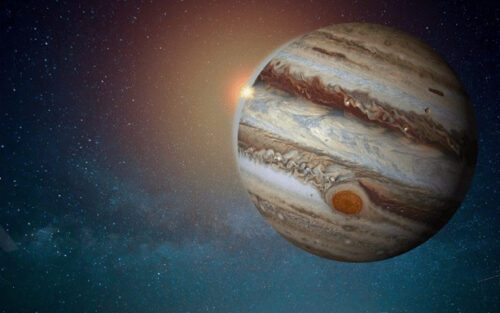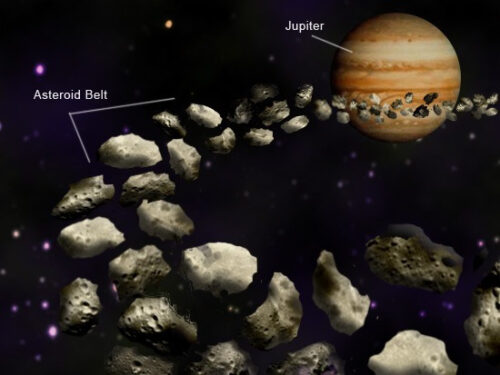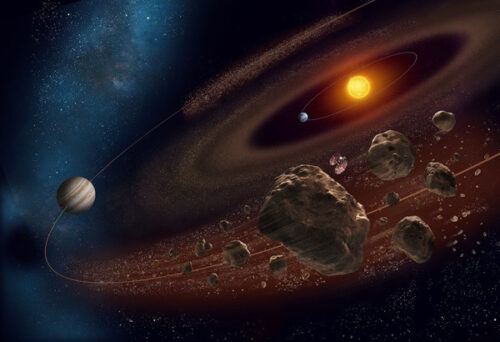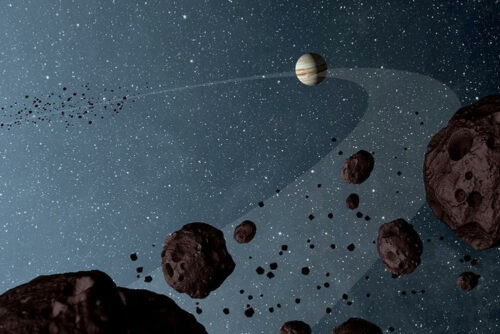
Why are Jupiter’s Trojan Regions Unevenly Balanced with Asteroids?
Solar systems undergo evolution, particularly in their early stages.
While gravity plays a significant role in this evolution, there are certain aspects of our own solar system that remain puzzling, especially the configuration of the Trojan asteroids.
These 10,000 asteroids, located at Jupiter’s L4 (Greek) and L5 (Trojan) points, exhibit an uneven distribution between the two groups.
Surprisingly, the Greek asteroids outnumber the Trojans by about 60%. This asymmetry challenges typical models of solar system evolution that heavily rely on gravity, as these models would suggest an equal number of asteroids in each group due to the perceived stability of the points. So, what caused this uneven distribution?

Researchers from various institutions in China, America, Abu Dhabi, and Japan believe they may have an answer.
They propose that a rapid migration of Jupiter from the inner solar system to its current orbital path could account for the divergent asteroid numbers at the stable gravitational points.
Considering that Jupiter is one of the two main influences on the Trojan system, along with the Sun, this scenario seems plausible.
This hypothesis gains support from previous theories that are gaining traction within the scientific community, such as the Grand Tack Hypothesis.
According to this hypothesis, Jupiter initially formed slightly farther out than Earth, migrated inward in the solar system, and was then catapulted at high speeds to its current orbital path.
Such a fast migration event aligns with the potential cause of the uneven distribution, providing evidence in favor of the Grand Tack Hypothesis.
To validate their theory, the researchers developed a model to simulate the evolution of Jupiter’s orbit since its formation and its impact on the local asteroid population.

The results of the model align with the expected values for the Greek and Trojan asteroids’ population.
However, this model has its limitations. It fails to account for other evolutionary factors that may have influenced the formation of the Trojans within the solar system.
Several other models consider these evolutionary aspects, and perhaps in the near future, researchers will integrate broader solar system models with Jupiter-specific ones to explore their impact on asteroid distribution.
Advancing our understanding of the early solar system will undoubtedly lead to further insights.
In addition to asteroids, the Trojan points hold potential for other discoveries and opportunities, including the possibility of establishing settlements in Earth’s own Trojan regions.

By unraveling the complexities of our solar system’s evolution, we pave the way for a better understanding of our cosmic neighborhood.
